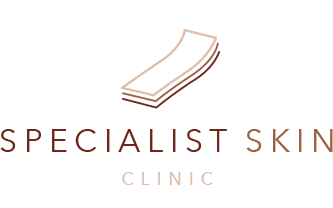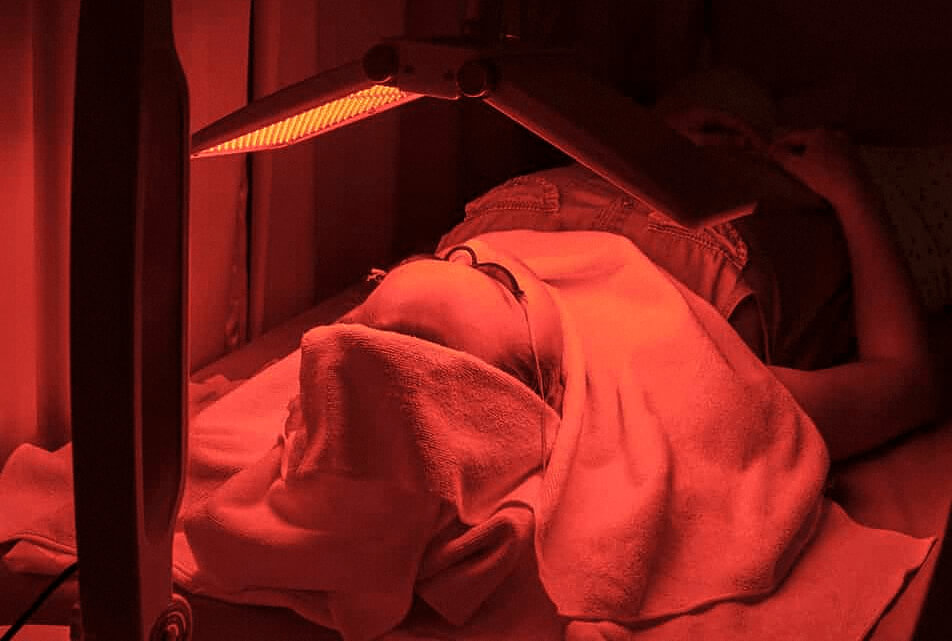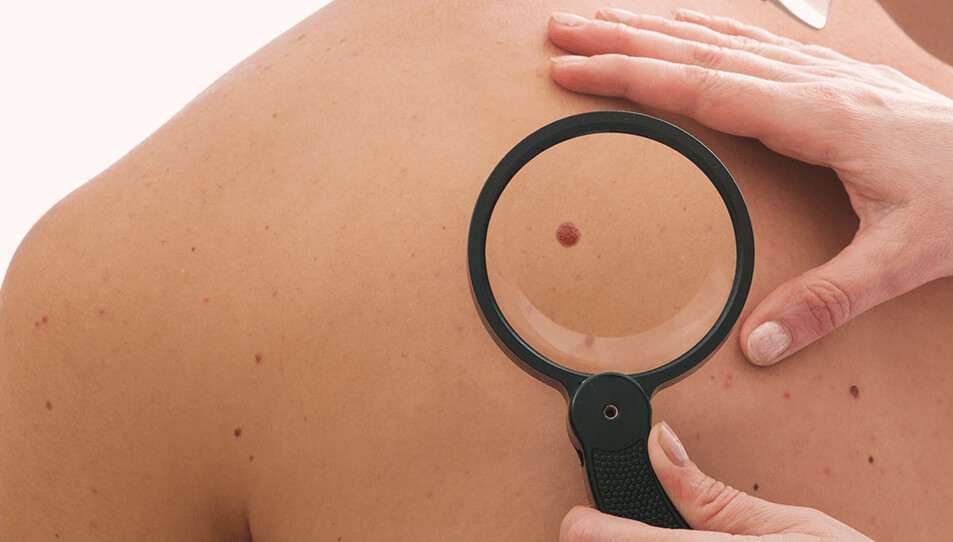Photodynamic Therapy
What is Photodynamic Therapy?
PDT stands for photodynamic therapy. Photodynamic Therapy is a new, effective treatment for certain types of pre-cancerous lesions of the skin or skin cancer (actinic keratoses or commonly called sun spots and Bowen’s disease) and non-melanoma skin cancers called basal cell carcinoma.








